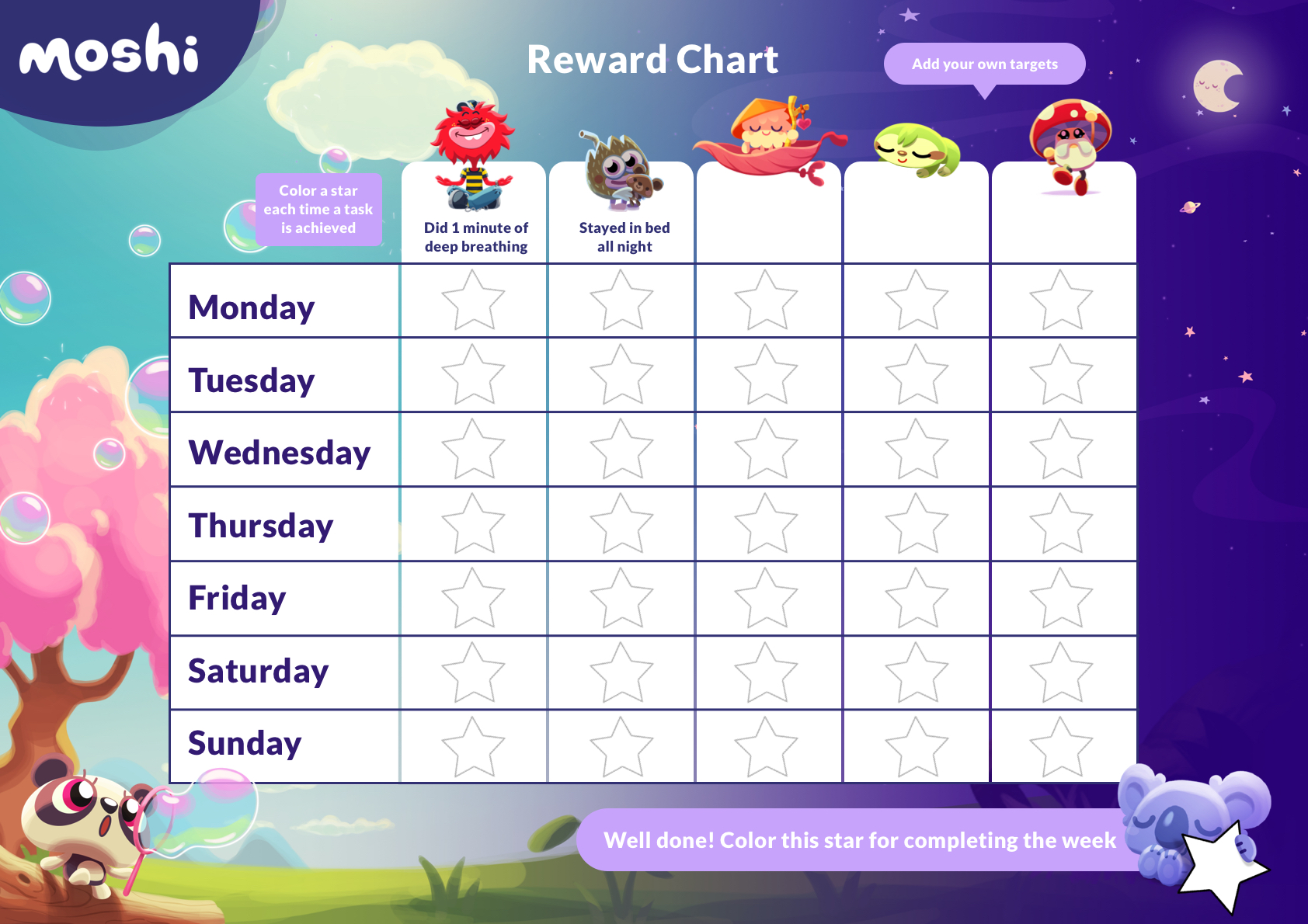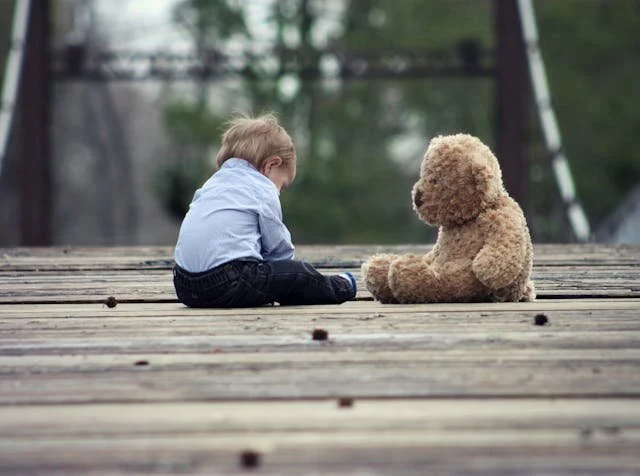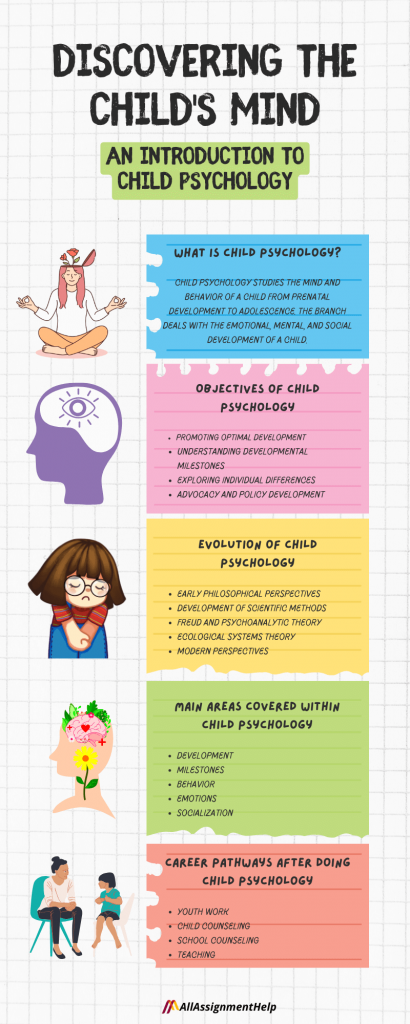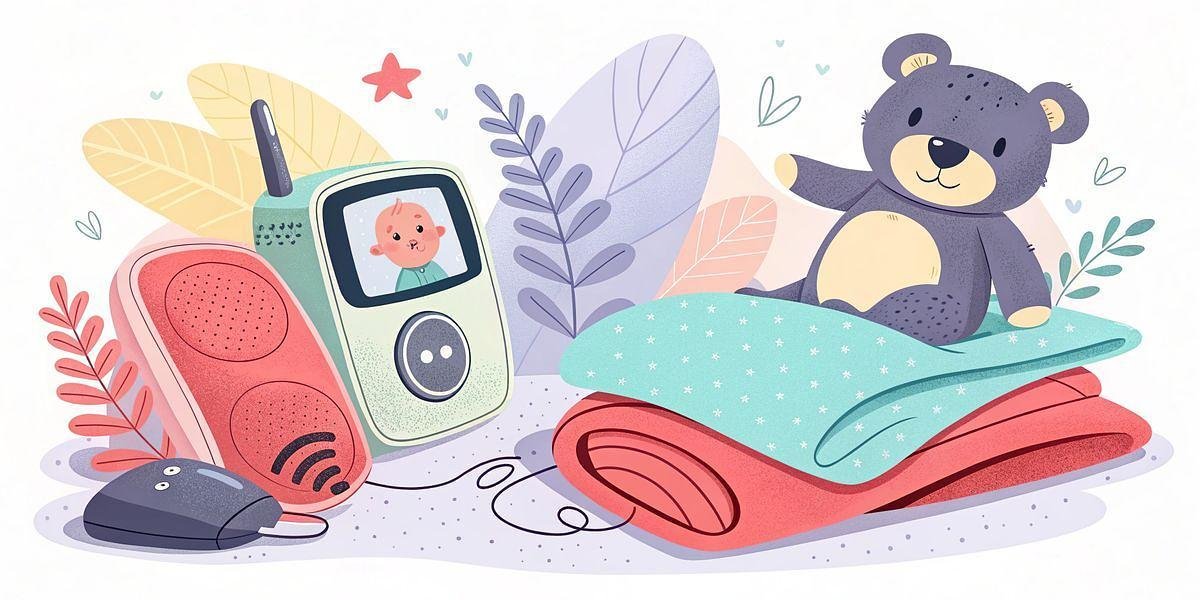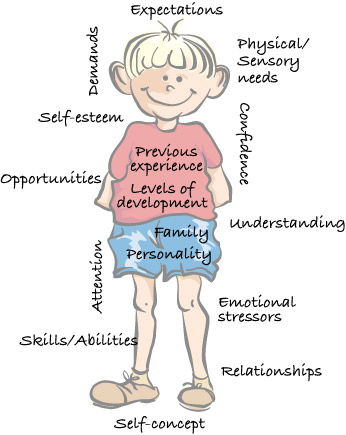Does your child’s aggressive outbursts leave you feeling overwhelmed or unsure of what to do next? You’re not alone. As a parent or caregiver, managing aggressive behavior can be one of the most challenging and emotionally draining parts of raising a child. Here’s the good news: there is hope. By understanding the root causes of your child’s behavior and learning effective strategies to address it, you can help them calm down, communicate better, and manage their emotions in healthier ways.
To reduce aggressive behavior in children, first spot triggers (tired, hungry, overwhelmed), then set simple, consistent rules with calm follow-through. Teach feeling words and coping tools (breathing, breaks), praise small wins, and model self-control. If aggression disrupts daily life or safety, consult a pediatrician or child therapist.
Key takeaways
- Identify patterns and triggers before reacting.
- Set clear, consistent boundaries and reinforce the positives.
- Teach emotional regulation and model calm behavior.
- Seek professional help if safety or daily functioning is affected.
Identifying Triggers
Understanding what triggers your child’s aggressive behavior is the first step toward addressing it effectively. Kids often act out because something specific sets them off, but these triggers aren’t always obvious. By identifying patterns and moments that spark aggression, you can help your child manage their reactions better.
Recognizing environmental stressors
Children can feel overwhelmed by their surroundings, even if they don’t realize it. Crowded places, loud noises, or sudden changes in routine can easily push them toward frustration or aggression. Notice if your child tends to act out after visiting busy places like malls or during chaotic family gatherings.
To ease this, prepare your child for situations that might overwhelm them. Let them know what to expect and create a plan together for how they can stay calm. Even something as simple as carrying noise-canceling headphones or taking regular breaks can make a big difference.
Tracking emotional triggers
Sometimes, aggression stems from emotions your child doesn’t know how to handle. Anger, sadness, embarrassment, or even hunger can lead to acting out. Pay attention to your child’s mood before an outburst happens.
For example, if they lash out after school, it might be because they’re tired or frustrated. Help them name their emotions and talk about what’s bothering them. This way, they’ll learn to communicate feelings instead of acting on them.
Observing social interactions
Other people can also be a trigger. Conflicts with siblings, feeling left out by friends, or being teased can lead to aggressive behavior. Watch how your child interacts with others to see if certain dynamics are causing stress.
If sibling rivalry is an issue, consider setting boundaries for fairness and alone time. If they’re struggling socially, role-play scenarios with them to practice handling conflicts calmly. This builds confidence and reduces the chance of aggression.
Keeping a behavior journal
It’s hard to spot triggers if you’re relying on memory alone. Start keeping a journal of your child’s aggressive moments. Write down the time, location, and what was happening before the outburst.
Over time, patterns will emerge. You might notice they always act out before meals or during transitions, like bedtime. Once you see the patterns, you can take steps to address the triggers head-on. For example, a consistent bedtime routine or a healthy snack before meals might help.
Are you a trigger?
Take a moment to reflect on your own actions. Are your reactions or expectations unintentionally setting your child off? For instance, snapping at them when they’re already upset could escalate the situation.
Consider using a calm tone and clear communication, even when you’re frustrated. Children often mirror the behavior they see, so staying composed can teach them to do the same.

Setting Clear Boundaries
Children thrive on structure, yet they often test limits. Aggressive behavior can sometimes stem from unclear expectations or inconsistent rules. By setting clear boundaries, you give your child a roadmap to navigate their emotions and actions more constructively.
Define rules early and be consistent
Kids need to know what’s acceptable and what isn’t. Make rules simple and easy to understand, like “No hitting others” or “Use kind words.” Consistency matters. If you enforce a rule one day but let it slide the next, your child may feel confused. Stick to your boundaries.
Explain the “why” behind the rules
Children often follow rules more willingly when they understand the reason. Instead of saying “Stop yelling,” try explaining, “Yelling makes it hard for others to hear and hurts feelings.” When kids connect actions to consequences, they’re more likely to respect boundaries.
Use positive reinforcement
Praise your child when they follow the rules. For example, “You used your words instead of hitting—great job!” Positive reinforcement builds confidence and encourages good behavior. It shows your child that staying within boundaries has rewards.
Stay calm during boundary testing
Children will test limits—it’s part of learning. When this happens, stay calm and stick to the rules you’ve set. Reacting angrily can escalate the situation. Use a firm yet gentle tone to remind your child of the boundary.
Involve your child in rule-making
Older children may feel more invested in boundaries if they help create them. Ask questions like, “What do you think is a fair rule for sharing toys?” This fosters cooperation and accountability.
Reflect on what works
No two kids are alike. Pay attention to how your child responds to different strategies. Adjust your approach as needed.
Teaching Emotional Regulation
Helping children manage their emotions is key to reducing aggression. Emotional regulation teaches kids to handle intense feelings in a healthy way. With patience and consistent effort, you can guide your child toward better emotional control.
What is emotional regulation?
It’s the ability to recognize and manage emotions—identifying feelings and responding in a balanced way. Children often struggle with this skill because their brains are still developing. Teaching this early can lead to better behavior and improved relationships.
Model healthy emotional responses
Children learn by observing adults. Show calmness during stressful moments. Use words to explain your emotions and how you manage them: “I feel frustrated, so I’ll take deep breaths.”
Teach feeling identification
Help your child name their emotions to reduce confusion. Use simple words like “happy,” “sad,” or “angry.” Visual aids, like emotion charts, can help.
Encourage deep-breathing exercises
Deep breathing can calm strong emotions like anger or frustration. Practice regularly so it becomes natural—pretend to blow up a balloon or smell flowers.
Provide a safe space to calm down
Create a calm corner with comforting items like soft toys or books. Let them know it’s a safe place to relax, not a punishment.
Use stories to teach empathy
Read books where characters face challenges and manage emotions. Discuss what the characters feel and why.
Practice problem-solving together
Ask, “What can we do to fix this?” Offer simple choices to empower them. This teaches them to handle conflicts without aggression.

Using Positive Reinforcement
Rewarding desired actions encourages better behavior in children. Positive reinforcement helps them associate kindness with benefits. Celebrate small improvements to reduce aggression effectively.
Rewards don’t have to be material. Verbal praise, extra playtime, or a warm hug can be equally effective. Focus on recognizing positive actions, not punishing negative ones.
Understand what motivates your child
Every child responds differently to rewards. Some enjoy praise; others prefer a small treat. If your child loves stickers, create a reward chart and let them earn a sticker for kind choices.
Be consistent with rewards
Consistency is crucial. Reward good behavior when it occurs so your child connects actions to outcomes. Inconsistent rewards can confuse kids and weaken learning.
Focus on specific behaviors
Be clear about what you’re rewarding: “Thank you for sharing your toy,” instead of “Good job.” Specific praise helps kids repeat the behavior.
Set realistic expectations
Expect small steps rather than instant changes. Praise progress—then gradually raise expectations.
Pair positive reinforcement with patience
Children may not immediately respond to rewards. Stay calm and keep reinforcing good choices with kindness and encouragement. Over time, you’ll notice steady improvements.
Modeling Calm Behavior
Children often learn behavior by watching adults. Modeling calm behavior teaches them how to stay composed during challenging situations. Demonstrate patience, self-control, and respectful communication daily.
Stay composed during stressful moments
Your reaction to stress can influence your child’s behavior. Speak softly and avoid yelling. Take deep breaths before addressing issues. If you feel overwhelmed, pause and collect your thoughts.
Use positive language
Choose words carefully, even during heated moments. Avoid harsh or critical comments. Encourage and be constructive.
Practice patience
Remain patient, even if your child acts aggressively. Listen and understand their feelings before responding.
Demonstrate problem-solving skills
Focus on solutions. Break problems into smaller steps and solve them together. Talk through your thought process.
Take responsibility for mistakes
Apologize when needed. This shows it’s okay to make errors and teaches accountability and respect.
Seeking Professional Guidance
Dealing with aggressive child behavior can feel overwhelming. Professionals bring a fresh perspective and tailored strategies you may not have considered.
What kind of professionals can help?
Child psychologists and behavioral therapists can assess patterns and teach skills. Your pediatrician can also rule out underlying issues and suggest referrals. See age-based positive parenting tips from the CDC for additional guidance.
When should you reach out for help?
If aggression risks safety or disrupts daily life at home or school, it’s time to consult a professional. The AAP offers parent education on tantrums and behavior management: Temper Tantrums: What Parents Need to Know.
What to expect in a session
Expect history-taking, observation, and a plan tailored to your child—calming techniques, clear boundaries, and role-play at home. The AACAP’s Facts for Families also explains outbursts and when to seek help: Temper Tantrums and Outbursts.
FAQs
- What should I do first when my child becomes violent?
- Ensure everyone’s safety, speak calmly, and remove attention from the aggressive act. When calm, review triggers and teach a simple coping tool like deep breathing. Seek professional help if safety is a concern or episodes are frequent.
- Why is my child aggressive toward me?
- Common reasons include fatigue, hunger, frustration, sensory overload, or difficulty expressing feelings. Inconsistent limits can also contribute. Track patterns, teach feeling words, and use calm, consistent boundaries.
- How do I handle an “uncontrollable” child?
- Lower the temperature: limit language, give space, and use a practiced calm-down routine. Afterward, set clear rules, reinforce small positive steps, and ask your pediatrician or therapist for targeted strategies if episodes persist.
- How do you deal with a violent 4-year-old?
- Use simple rules (“gentle hands”), immediate calm time-outs, and strong praise for appropriate behavior. Keep sleep and meals consistent. If aggression risks safety or doesn’t improve, consult a pediatrician or child psychologist.
- When should I seek professional help?
- Seek help if aggression threatens safety, occurs daily, lasts long, or affects school, peers, or family routines, or if you suspect an underlying condition. Early support can prevent escalation.


